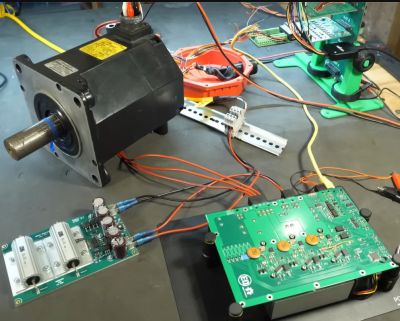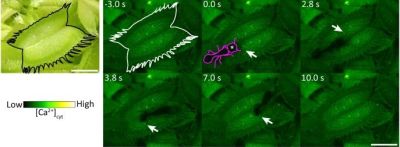Having a gadget’s battery nestled snugly within the bowels of a device has certain advantages. It finally solves the ‘no batteries included’ problem, and there is no more juggling of AA or AAA cells, nor their respective chargers. Instead each device is paired to that one battery that is happily charged using a standardized USB connector, and suddenly everything is well in the world.
Everything, except for the devices that cannot be used while charging, wireless devices that are suddenly dragging along a wire while charging and which may have charging ports in irrational locations, as well as devices that would work quite well if it wasn’t for that snugly embedded battery that’s now dead, dying, or on fire.
Marrying devices with batteries in this manner effectively means tallying up all the disadvantages of the battery chemistries and their chargers, adding them to the device’s feature list, and limiting their effective lifespan in the process. It also prevents the rapid swapping with fresh batteries, which is why everyone is now lugging chunky powerbanks around instead of spare batteries, and hogging outlets with USB chargers. And the task of finding a replacement for non-standardized pouch cell batteries can prove to be hard or impossible.
Looking at the ‘convenience’ argument from this way makes one wonder whether it is all just marketing that we’re being sold. Especially in light of the looming 2027 EU regulation on internal batteries that is likely to wipe out the existence of built-in batteries with an orbital legal strike. Are we about to say ‘good riddance’ to a terrible idea?
Continue reading “Built-In Batteries: A Daft Idea With An Uncertain Future”




















